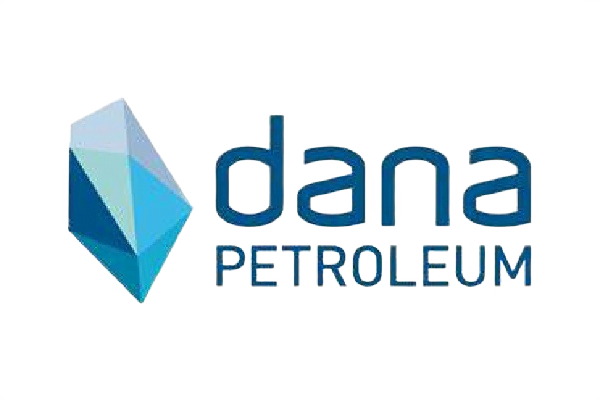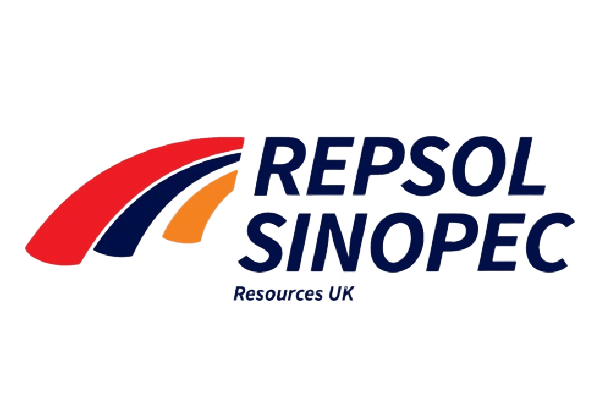The maintenance world has no shortage of buzzwords – “predictive,” “automated,” “AI-powered.” But when you peel back the hype, most organisations are still navigating what these terms mean in practice – and more importantly, how to apply them effectively.
At Optimal, we often meet teams who’ve invested in sensors and dashboards but haven’t yet realised the full value of that data. Others are considering advanced analytics but aren’t sure if they have the infrastructure or in-house expertise to start. This blog offers a simple guide to the four major categories of maintenance analytics – from the tried-and-true to the truly intelligent -and where each fits in the journey toward connected reliability.
1. Condition-Based Rules: The Starting Point
Let’s start with the most familiar. Condition-based rules are simple thresholds or logic statements – if a temperature exceeds 90°C, send an alert. They’re easy to understand, quick to implement, and work well in reactive environments. But rules only work when you know what to look for. They’re reactive by design—alerts fire when something has already drifted out of bounds. While useful for catching known risks, they won’t warn you about unknown patterns or emerging failures.
Use Case: Flagging immediate issues like over-temperature or pressure spikes to prevent immediate equipment damage.
2. Guided Analytics: Empowering Human Insight
Guided analytics tools help users interact with data to diagnose problems or explore trends. Think dashboards that walk a technician through vibration patterns, or workflows that suggest fault types based on observed anomalies. These systems still rely on human decision-making, but they provide structure and visual cues to make that process easier. They’re great for root cause analysis and for upskilling teams – bridging the gap between raw data and meaningful decisions.
Use Case: Supporting maintenance teams in root cause analysis or asset performance reviews.
3. Advanced Analytics: Seeing What Humans Can’t
Now we step into predictive territory. Advanced analytics applies statistical models, machine learning, or AI to historical and real-time data to spot complex patterns. These tools can forecast when an asset might fail or even suggest an optimised maintenance schedule. Here, the value is in scale. Algorithms can process thousands of data points from sensors, logs, and past work orders to deliver insights that would be invisible to the human eye.
Use Case: Predicting the remaining useful life of a motor using historical vibration and temperature data.
4. Automated Analytics: Letting the System Act
At the frontier sits automated analytics – systems that don’t just predict but also act. When an anomaly is detected, they might automatically trigger a work order or reassign tasks without human input. These systems are typically built on the output of advanced analytics and embedded into day-to-day workflows. Think of them as silent partners – working behind the scenes to optimise reliability, 24/7.
Use Case: Automatically scheduling lubrication when an AI model detects increased friction levels in a pump.
Prognostics: Predicting the Future (For Real)
One of the most promising branches of analytics is prognostics – the science of predicting an asset’s future health or time to failure. There are two main approaches:
• Physics-Based Prognostics use known engineering models (like crack propagation equations) to forecast failure. They offer high interpretability but require deep domain knowledge.
• Statistical Prognostics rely on machine learning and historical data patterns. Easier to scale, but often harder to explain.
In practice, the best systems often blend both – using physics where we understand failure modes well, and data where we don’t.
So, Where Should You Start?
The right analytics level depends on your assets, data quality, and business goals. There’s no one-size-fits-all path – but here’s the takeaway:
• Start simple. Rules and guided tools create immediate value.
• Build data maturity. Clean, high-quality data is the fuel for advanced analytics.
• Think hybrid. A blended approach offers flexibility and resilience.
• Plan for automation – but don’t rush it. Let the system learn before it acts.
Ready to Make Your Data Work Harder?
At Optimal, we help organisations move beyond dashboards and into action. Whether you’re just starting out or exploring AI-driven reliability, we can guide your analytics journey from rules to real-time response.
Let’s talk about what’s possible. Contact us to learn how our analytics consulting services can support your transformation toward predictive, prescriptive, and ultimately autonomous maintenance.
To get in touch with us, please contact us at enquiries@optimal.world | https://optimal.world/

















